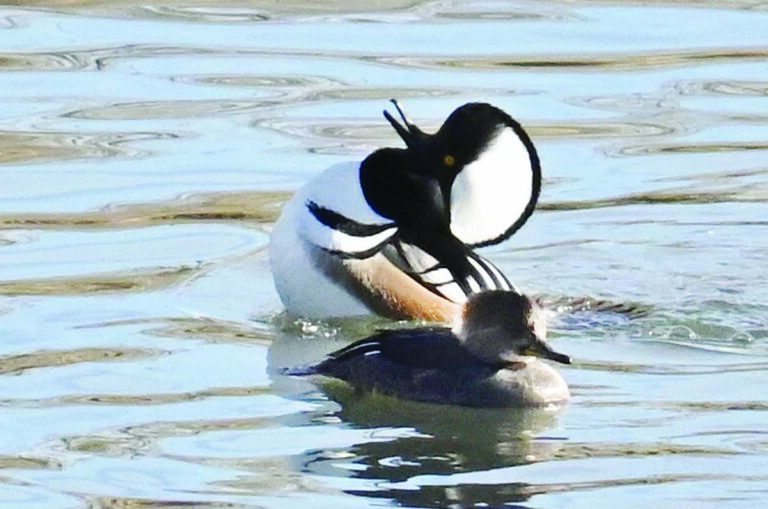Ken Hall, aka Bird Nut here.
What a wonderful green, wet spring we are having. As we head into summer, being a bird nut encompasses a much wider spectrum of interest. Birds are – or have – nested and are busy rearing youngsters. They have many natural food sources to choose from, and are not appearing at backyard feeders as frequently. As a result, many think the birds have moved on. Some have, and some are just much better concealed in the thick lush trees and brush.
So when bird viewing becomes more difficult, try changing things up a bit. Bring your eyes down closer to the ground. Look for the many wildflowers and shrubs loaded down with blossom. This is a time to salute the pollinators. Without them many things would cease to exist. Bees, butterflies and, yes, hummingbirds are tremendously important to the full circle of nature.
There are many places along the Greenbelt and other local park areas to view the magic of the pollinators in action. Rocky Mountain Bee Flowers, milkweed and thistle – all growing wild along the many trails – seem to be the most desirable plants. Take some time and watch one of the 900 species of bees we have in Colorado, or one of 80 species of butterflies. You will see hummingbirds as well. They particularly like the large white thistle blooms, or milkweed.
If you are a photographer, photographing them can be a lot of fun and quite challenging. If without a camera, just watching the activity that many walk by can be quite entertaining.
Butterflies and bees are on the decline in numbers, due to climate change, and loss of habitat. Unknowingly many folks spray or treat their yards with chemicals that are deadly to our pollinators. Talking to local experts about environmentally friendly treatment will be most beneficial to their survival, as well as ours.
Give pollinator watching a try. Plant some bee-, butterfly- and hummingbird-happy flowers in your garden. We can help them, and bring awareness to the importance of their survival.
Fun fact: How to tell the difference between a butterfly and a moth? Butterflies can raise their wings to touch over their backs. Moths cannot.
Have fun. Happy wanderings.
Ken Hall is a fourth-generation Coloradan and a self-taught naturalist.






